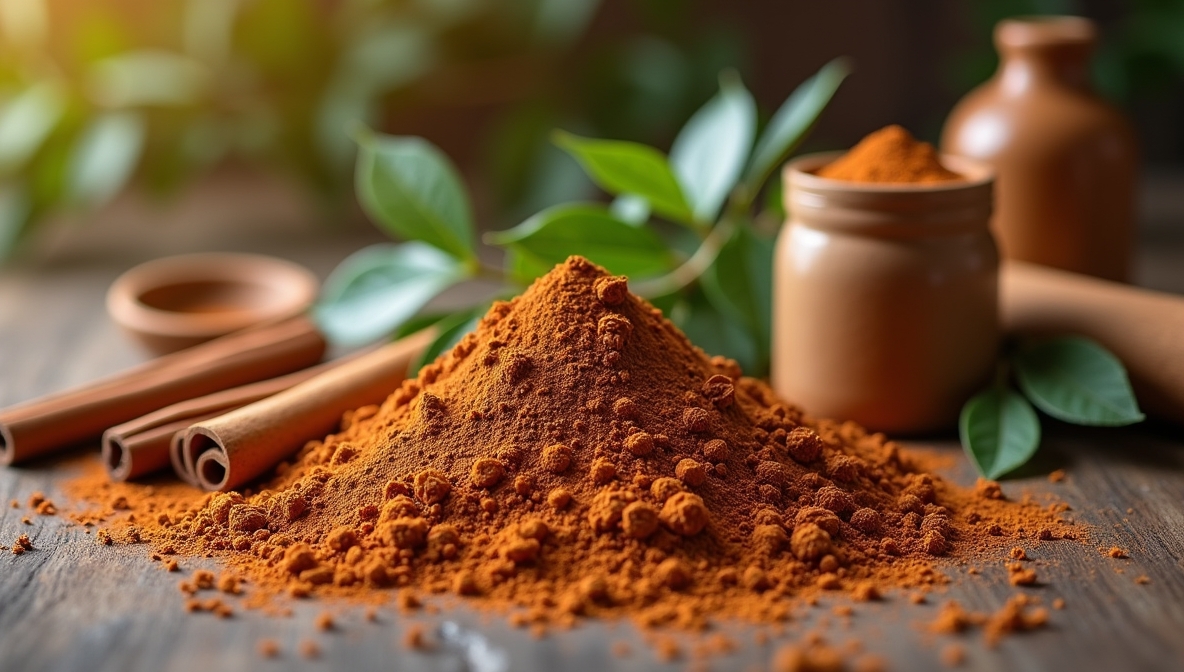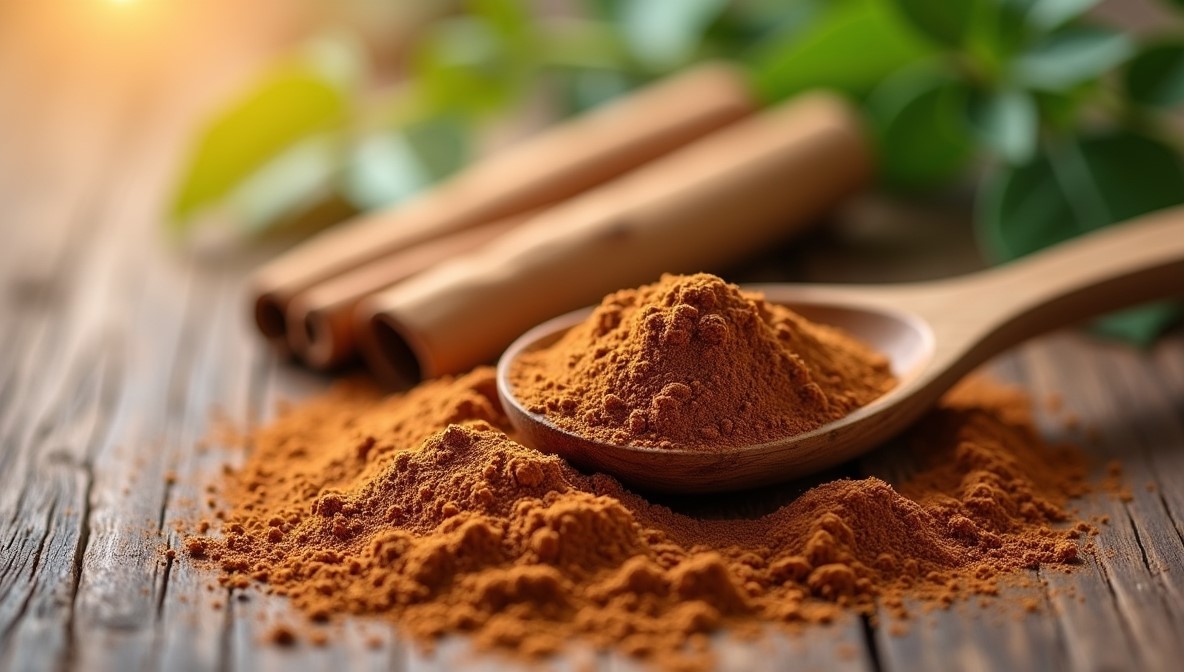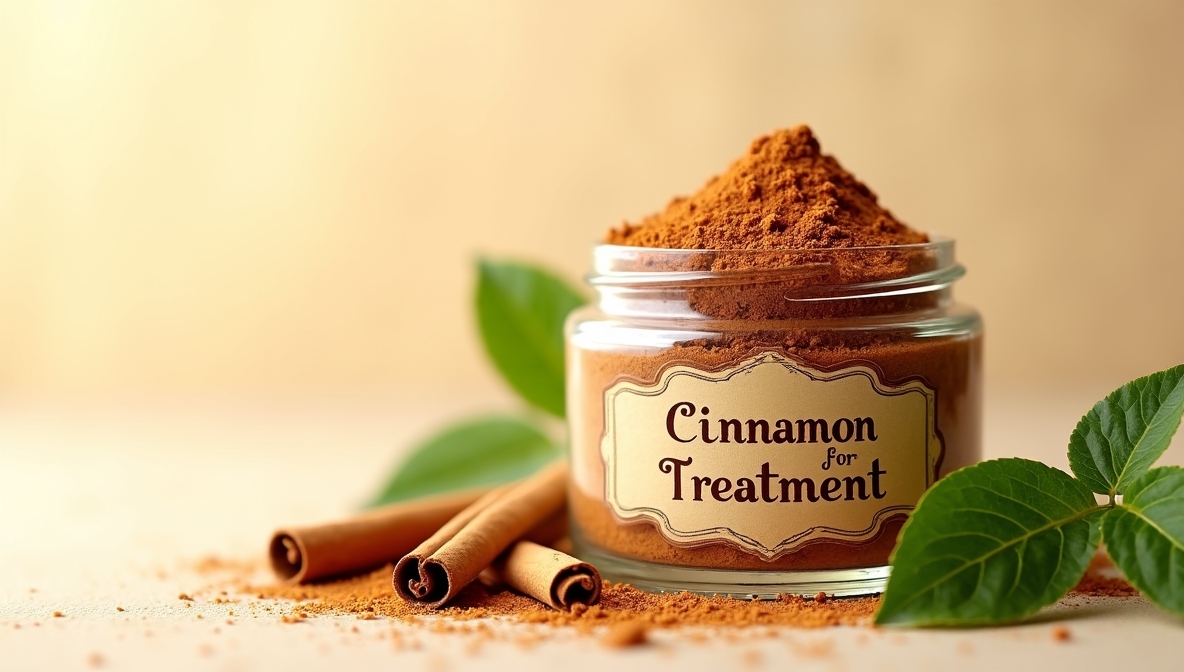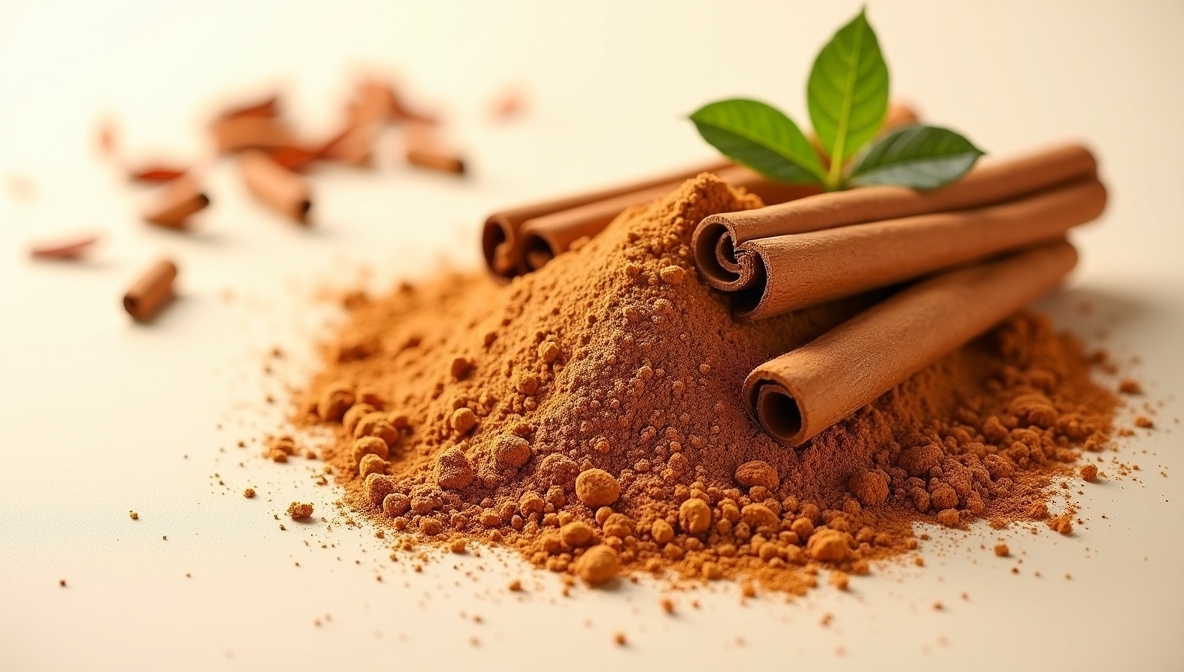Cinnamon does more than add warmth and spice to food—it packs a nutritional punch. This aromatic ingredient contains fiber, antioxidants, and beneficial plant compounds that contribute to overall wellness. Understanding its nutrient profile can help in making informed dietary choices.
Nutritional Breakdown of Cinnamon
A single teaspoon of ground cinnamon (2.6 grams) provides:
- Calories: 6
- Carbohydrates: 2 grams
- Fiber: 1.4 grams
- Protein: 0.1 grams
- Fat: 0.03 grams
- Sugars: 0.1 grams
Though low in macronutrients, cinnamon contains significant amounts of vitamins and minerals in trace amounts.
Key Vitamins and Minerals in Cinnamon
1. Manganese
- Plays a role in metabolism and bone health.
- Supports enzyme function and antioxidant defenses.
- A teaspoon provides about 0.4 mg, nearly 17% of the daily recommended intake.
2. Calcium
- Contributes to bone strength and muscle function.
- Aids in nerve signaling and heart health.
- Contains about 26 mg per teaspoon.
3. Iron
- Essential for red blood cell production.
- Supports oxygen transport throughout the body.
- One teaspoon has 0.2 mg of iron, offering a small but valuable boost.
4. Vitamin K
- Helps with blood clotting and bone metabolism.
- Aids in cardiovascular function.
- Found in small quantities, contributing to daily needs.
5. Potassium
- Assists in maintaining fluid balance.
- Supports nerve function and muscle contractions.
- A teaspoon provides about 11 mg of potassium.
Antioxidants and Bioactive Compounds
Cinnamon contains powerful plant compounds that contribute to its effects on health.
1. Cinnamaldehyde
- Responsible for cinnamon’s distinct aroma and flavor.
- Contains antimicrobial properties.
- Plays a role in metabolic support.
2. Polyphenols
- Help combat oxidative stress.
- Support cardiovascular health.
- Contribute to overall cellular protection.
3. Cinnamic Acid
- Found in various fruits and vegetables.
- Has anti-inflammatory properties.
- Contributes to metabolic balance.
4. Eugenol
- Found in both cinnamon and cloves.
- Has antimicrobial and anti-inflammatory effects.
- Commonly used in natural remedies.
Health Benefits of Cinnamon’s Nutrients
1. Supports Metabolic Function
Manganese plays a role in glucose metabolism, helping regulate energy production and enzyme activity.
2. Aids Digestion
With over 50% of its carbohydrates coming from fiber, cinnamon supports gut health and regular digestion.
3. Contributes to Bone Strength
Calcium and manganese work together to maintain bone density, reducing the risk of fractures and weakness.
4. Assists in Iron Absorption
Even in small amounts, the iron in cinnamon contributes to overall intake, helping those with low iron levels.
5. Protects Against Oxidative Stress
Polyphenols and cinnamaldehyde help combat free radicals, supporting cellular health.
Comparing Cinnamon to Other Spices
Cinnamon vs. Nutmeg
- Cinnamon: Higher in antioxidants, lower in calories.
- Nutmeg: Contains more fats and slightly more micronutrients.
Cinnamon vs. Ginger
- Cinnamon: Rich in manganese and fiber.
- Ginger: Contains more vitamin C and digestive-supporting compounds.
Cinnamon vs. Cloves
- Cinnamon: Provides a balance of fiber and antioxidants.
- Cloves: Higher in eugenol, contributing to stronger antimicrobial properties.
Ways to Incorporate Cinnamon for Nutritional Benefits
- Add to oatmeal, yogurt, or smoothies for a fiber and antioxidant boost.
- Sprinkle over coffee or tea to enjoy its natural sweetness.
- Mix with honey for an easy topping for toast or baked goods.
- Blend into savory dishes such as curries, stews, and roasted vegetables.
- Use in baking for added flavor without excess sugar.
Final Thoughts
Cinnamon offers more than just flavor—it brings fiber, minerals, and antioxidants into the diet. Whether used in cooking, beverages, or natural remedies, its nutritional profile makes it a valuable addition to everyday meals.




